Most of us agree that eating fruits and vegetables is essential for optimal human health. Although all of the essential vitamins and minerals can be found in animal products, the phytochemicals unique to plant foods have considerable anti-inflammatory, pro-detoxification, and hormone-balancing effects, among many other benefits.

VANILLA flavored Greens?! You better believe it! We dive into this incredible formula that kicked off CORE's 12 Days of Crushmas in 2021!
Greens powder? Yuck! Until now, that is...
The only problem with greens powder supplements? They usually taste... rather green. Which is especially insulting to many of us steak-and-egg connoisseurs.
The standard greens powder taste can discourage people from taking them on their own on a daily basis. Even if you mix it with something else, say milk and whey protein powder, maybe a couple of raw eggs, the sharp astringent flavor of the greens will absolutely dominate. Doug Miller and his team at CORE Nutritionals found a wild way around that:
Delicious new Vanilla Greens flavor from Core Nutritionals
Core Nutritionals has a solution: one of the world's first vanilla-flavored greens powders! A tall order, but they pulled it off: you will love mixing this greens powder into your smoothies, or just taking it with plain water. If you like mixing these products with vanilla protein powder, you'll also love it.
It's now live, so take a look at the prices and other flavors available, and then let's get into the ingredients:
Core Nutritionals Greens – Deals and Price Drop Alerts
Get Price Alerts
No spam, no scams.
Disclosure: PricePlow relies on pricing from stores with which we have a business relationship. We work hard to keep pricing current, but you may find a better offer.
Posts are sponsored in part by the retailers and/or brands listed on this page.
OK, so you're convinced, it's delicious -- what's the benefit of taking it? Let's take a look:
Core GREENS Ingredients
In a single 11 gram scoop of Core GREENS from Core Nutritionals, you get the following:
-
Psyllium Husk - 2400 mg
Psyllium was first identified as a bulk laxative over 50 years ago,[1] and has been used and researched extensively since then. By drawing in water and gas as it passes through the small intestine and colon,[2] it will increase the size and weight of stools,[1,3-5] while also making them softer and easier to pass,[6-8] without causing diarrhea.[9]
Supplementing with psyllium husk fiber has also been shown to reduce blood glucose levels, especially postprandially.[10-12]
So why is this in a greens supplement? Core Nutritionals understands that healthy fiber is a big part of the benefit from eating greens, so they're adding premium fiber to mimic the effect of a whole-foods greens-based meal. Remember, the idea behind this supplement is to give people an efficient substitute for eating whole vegetables when pressed for time -- and adding psyllium husk is a smart move in that regard.
-
TruServ Organic Greens Blend (Organic Kale, Organic Broccoli, Organic Spinach) - 2,000mg
We've all heard a lot over the years about the incredible antioxidant power of kale, but we shouldn't overlook its positive impact on gut health either.[13]
Broccoli is another vegetable that needs no introduction, long touted by athletes for its vitamin, mineral, and phytochemical content that can support immunity.[14] Another important benefit of broccoli, and cruciferous vegetables (kale is also part of this category) in general, is their ability to help balance hormones: they contain a compound called indole-3-carbinol, which can prevent or treat estrogen dominance by shifting estrogen metabolism from "strong" estrogens to "weak" estrogens.[15]
Spinach has much in common with both of these, but is distinguished by its high nitrate content,[16] which is converted by the body into nitric oxide,[16] a molecule with a wide range of beneficial effects on the cardiovascular system.
-
Barley Grass Powder - 1000 mg
Barley grass is interesting for its high content of gamma-aminobutyric acid (GABA),[17] an inhibitory neurotransmitter that helps promote calm and focus by opposing glutamate and preventing excitotoxicity, the uncontrolled firing of neurons.[18] With its high content of vitamins, minerals, and other phytochemicals, it can also help prevent chronic inflammation,[17] discourage obesity, and improve blood lipids.[19]
-
Wheat Grass Powder - 1000 mg
One interesting thing about wheat grass powder is its activity as a cyclooxygenase-2 (COX-2) inhibitor.[20] The most famous COX-2 inhibitor is aspirin, a powerful anti-inflammatory drug that we've definitely all heard of, and has been celebrated in folklore the world over as a "cure-all" (hence the old doctor's phrase, "take two aspirin and call me in the morning"). Besides suppressing inflammation, COX-2 inhibition can help rid the body of pre-cancerous proliferative cells.[20]
Wheat grass is also rich several vitamins and minerals, but is especially rich in chlorophyll, a phytochemical with strong potential for protecting DNA from various forms of damage[21] and possibly even helping to prevent cancer.[21]
-
Chlorella Powder (from algae) - 1000 mg
Large doses of chlorella have been shown to boost levels of Immunoglobulin A and other markers of immunity[22] involved in fighting respiratory infections and other pathogens.
In vitro experiments have demonstrated that chlorella is great at absorbing metals,[23-26] and in animal models, it has proven able to reduce the accumulation of mercury in the brain and blood of both the mother and the child.[27-29]
-
Spirulina Powder (from algae) - 1000 mg
Spirulina contains a special pigment called C-phycocyanin,
However, spirulina doesn't just have any type of protein - some of it is actually bound to a pigment named C-Phycocyanin, which has numerous anti-inflammatory and antioxidant properties.[31] Specifically, it is a COX-2 inhibitor just like wheat grass, and has good anti-inflammatory, anti-oxidant properties.[31] Special mention should also go to immulina,[32] a special type of carbohydrate (open the cited reference to learn more), and a fatty acid named gamma linolenic acid (GLA).[33] Inadequate intake of GLA has been linked to a variety of inflammatory and degenerative illnesses.[34]
Spirulina is rich in vitamin B12,[35] and zeaxanthin, beta-carotene, and chlorophyll.[36] Spirulina also tends to improve the vitamin A status of people who eat it.[37,38]
There's lots of magnesium, iron, zinc, calcium, manganese, and copper in spirulina[39] -- but with a dose this small, it probably doesn't matter much. What we're really after is the powerful phytochemicals discussed above.
-
SPECTRA Total ORAC Antioxidant Blend - 100mg
Composed of over 30 different botanical extracts, Spectra is designed to provide maximum antioxidant support.
In one 2014 study, scientists found that 100 milligrams of Spectra, given daily, was able to substantially lower the levels of reactive oxygen species (ROS), also known as "free radicals," in human subjects.[40] By protecting the body's cells from oxidative damage, Spectra was actually able to increase the metabolic activity of those cells.[40]
Spectra has also been shown to increase nitric oxide levels, which supports the cardiovascular system by triggering vasodilation, a process in which the arteries expand to pump the same volume of blood at a lower pressure, with less strain on the heart and improved circulation to peripheral tissues.[40]
-
Digestive Enzyme Blend (protease, lactase, amylase, lipase) - 100 mg
The function of these enzymes is given by their names -- protease helps break down protein, lactase helps break down lactose, amylase helps break down starch, and lipase helps break down fat.
Could Protease help with post workout soreness and recovery? If so, why don't we see it in more post workout supplements?!
By hydrolyzing the chemical bonds in complex molecules, i.e. breaking them down with water, digestive enzymes convert complicated, hard-to-digest foods into simple, easy-to-digest foods. This makes them more bioavailable,[41] and also frees up energy that would otherwise be spent on the digestive process, making it available for other metabolic processes.
Digestive enzymes are a crucial part of the human diet beginning at birth, where they are found in mothers' breast milk,[42] and the therapeutic use of supplemental enzymes is a well-established practice in modern medicine.[43]
As we've commented on numerous blog posts about CORE Nutritionals supplements - especially their protein powders -- they love digestive enzymes. This one's no surprise at all!
-
Probiotic blend - 5 billion CFU
A "probiotic" is generally defined as a "live microbial feed supplement which beneficially affects the host animal by improving its intestinal microbial balance."[44] They occur naturally in fermented foods, a category of food which was a staple of the ancestral human diet and of which modern humans don't eat nearly enough. Examples of traditional fermented foods would include yogurt and sauerkraut.[44]
Probiotic supplements have been used in clinical settings to help treat irritable bowel syndrome (IBS), diarrhea, and more.[45] Because of the connection between the gut and the immune system, recent research has indicated that probiotic supplementation can boost immunity and even reduce the severity of seasonal allergies.[46-48]
In five incredible capsules, Core GUT brings prebiotics, probiotics, postbiotics, and digestive enzymes to help improve your gut health and digestion!
There's also a connection between the gut and the brain. Although this is cutting-edge research and still poorly understood, preliminary studies suggest that probiotic use can have mental health benefits including anxiolytic effects.[49]
Need even more probiotics and gut health support? Check out CORE Nutritionals GUT, the most popular member of the CORE Lifeline Series.
-
Other ingredients
Besides specific plant powders and extracts, Core Greens also contains a full daily serving (100% DV) of the following vitamins and minerals:
- Vitamin A (as palmitate)
- Vitamin C (as ascorbic acid)
- Vitamin D3 (as Cholecalciferol)
- Vitamin E (as d-alpha-tocopherol-acetate)
- Thiamine
- Riboflavin
- Niacin
- Vitamin B6
- Folic acid
- Vitamin B12
- Biotin
- Pantothenic acid
Much like the inclusion of psyllium husk, the presence of these vitamins and minerals helps the Core GREENS supplement fulfill its true purpose as an occasional replacement for whole fruits and vegetables: although the powders and extracts in this formula can give us a hefty dose of the powerful phytochemicals we're after, the vitamin and mineral content is too low to make much of a difference, so some vitamins are added back in.
We should note that CORE is using the good stuff here: the vitamins provided are given in their most bioavailable and efficacious forms, such as palmitate for vitamin A, cholecalciferol for D, and methylcobalamin for vitamin B12 -- as opposed to beta-carotene, ergocalciferol, and cyanocobalamin respectively, all of which are cheaper and less effective.
Worth noting is that CORE Greens are sweetened with sucralose.
Other flavors available
Vanilla greens not sounding like your deal? Not a problem, there are some other incredible flavors offered, including another unique one in chocolate decadence:
Conclusion: Vanilla takes greens to a new dimension
When you were growing up, how many times did your mother scold you for not eating your vegetables? Hundreds? Thousands? Millions? OK, probably not millions, but still...
Multiple servings of fruits and vegetables? Who has time for that?!
The issue is that preparing fruits and vegetables in a tasty way can take a lot of work, and more importantly time -- time spent washing, chopping, peeling, boiling, sauteing, or simmering.
Who has that kind of time? Well, many of us probably do at least sometimes.
But for the other times, when we're simply in too much of a rush to be bothered with all that prep and cooking, powdered greens supplements can step in to fill the nutritional gap created by our fast-paced lifestyles and busy schedules.
That's where the Greens supplements from CORE Nutritionals come in -- formulated to provide your body with a high degree of phytochemical, vitamin and mineral support that can be had as easily as mixing the powder with water.
Core Greens fulfills its core purpose: not only is it jam-packed with therapeutic phytochemicals and bioavailable vitamins, it also tastes great and you'll genuinely look forward to mixing it with the beverage of your choice. Start the day off right and make yourself a whey protein shake with Core Nutritionals Vanilla Greens for breakfast.
This is how CORE kicked off the "12 Days of Crushmas" for 2021, and we have to say, they're off to a very cool start. You'll need to stay tuned to our CORE Nutritionals news below for more information as it comes, and be sure to follow them on Instagram to see their latest and greatest!
Core Nutritionals Greens – Deals and Price Drop Alerts
Get Price Alerts
No spam, no scams.
Disclosure: PricePlow relies on pricing from stores with which we have a business relationship. We work hard to keep pricing current, but you may find a better offer.
Posts are sponsored in part by the retailers and/or brands listed on this page.
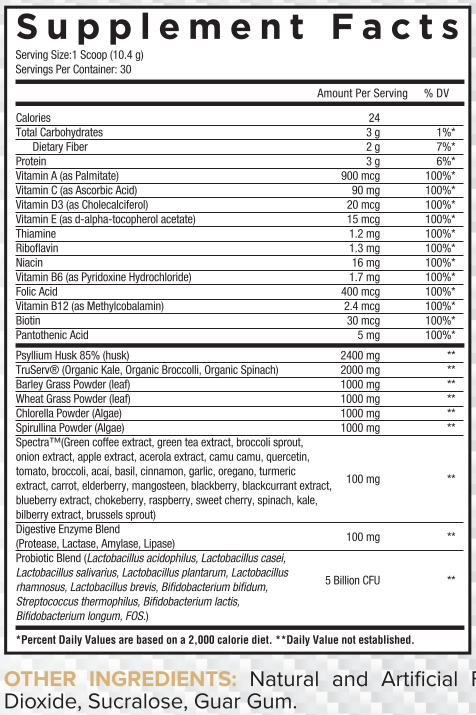

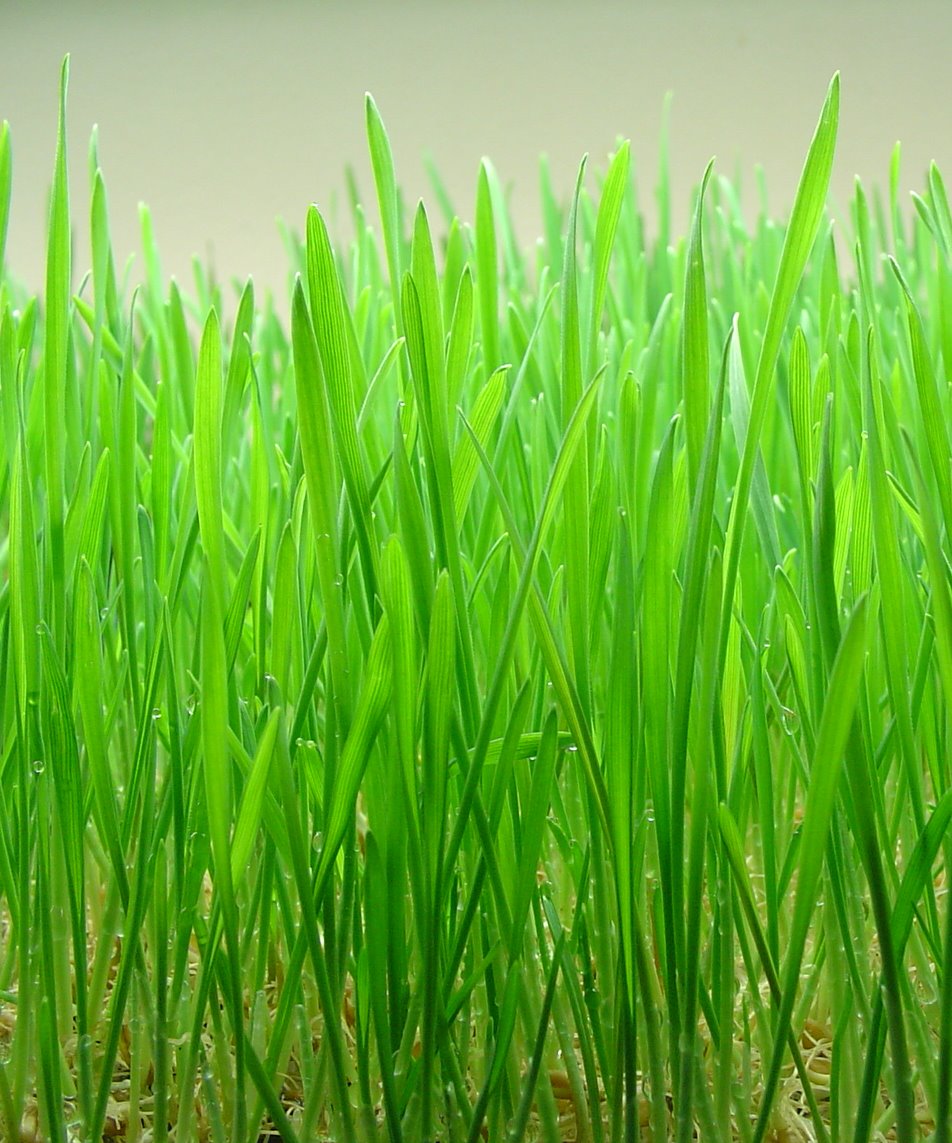
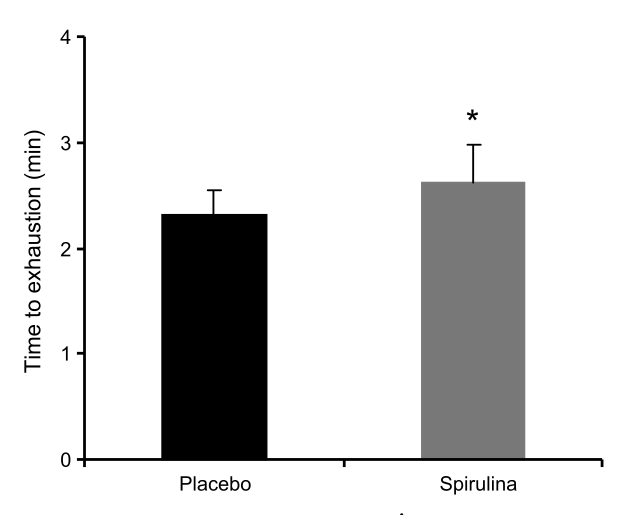
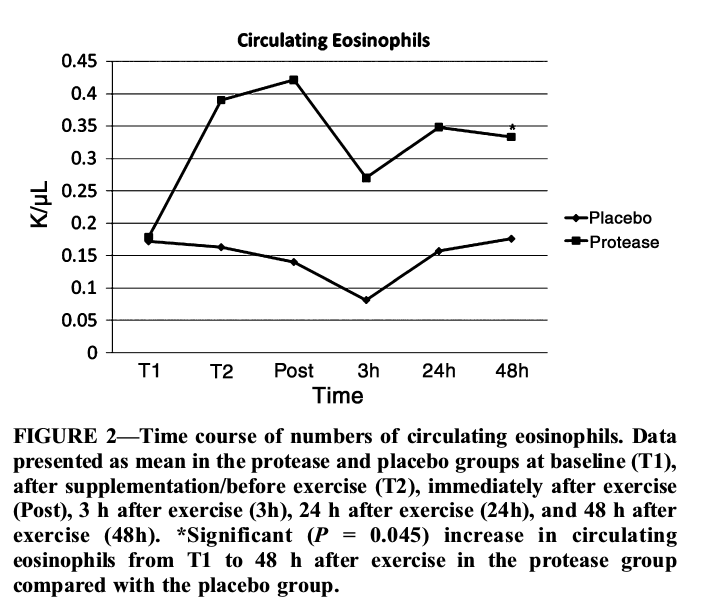
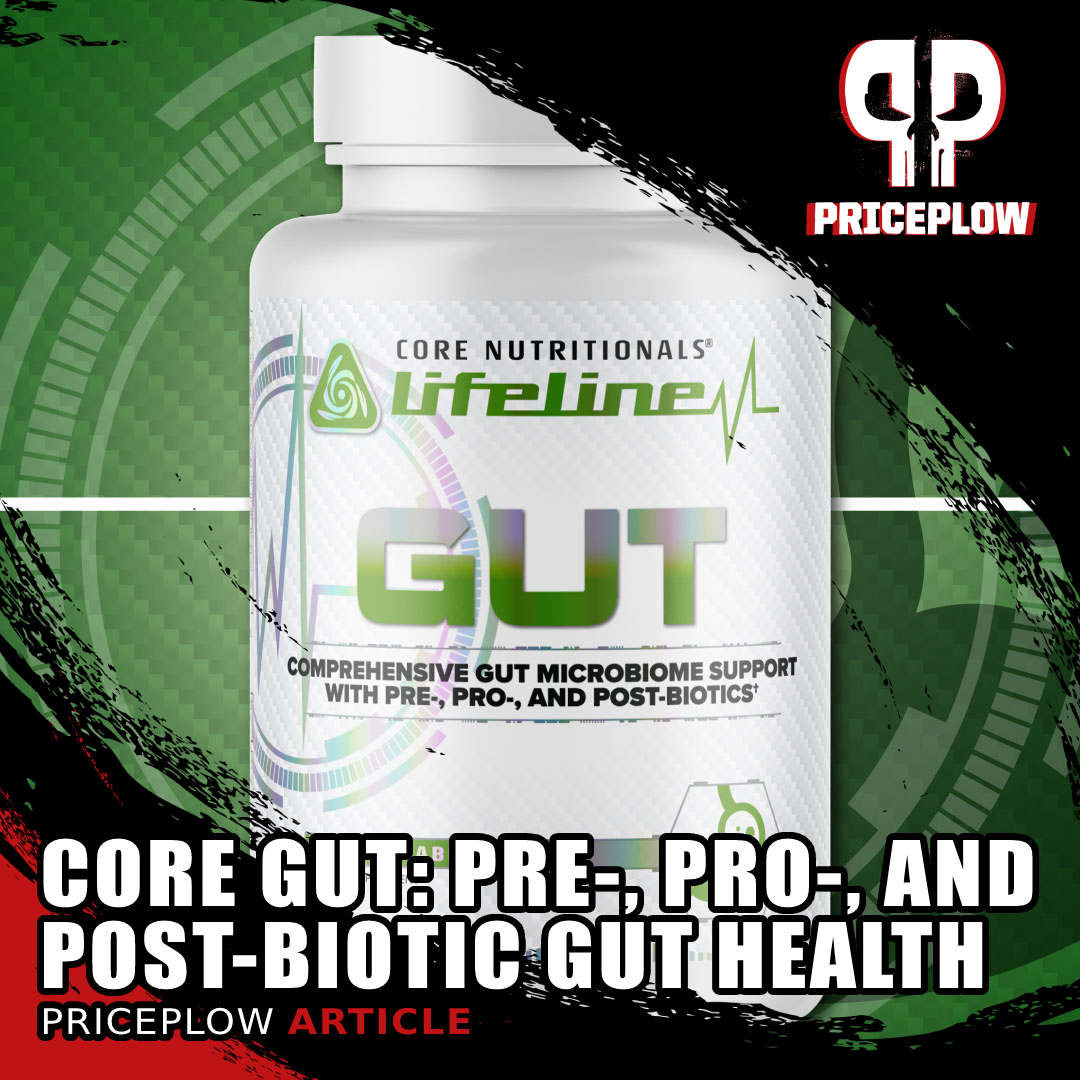
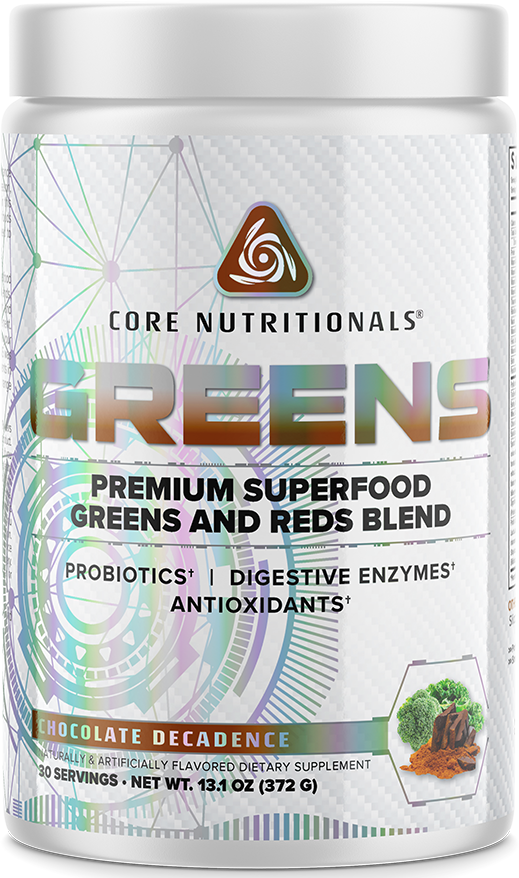
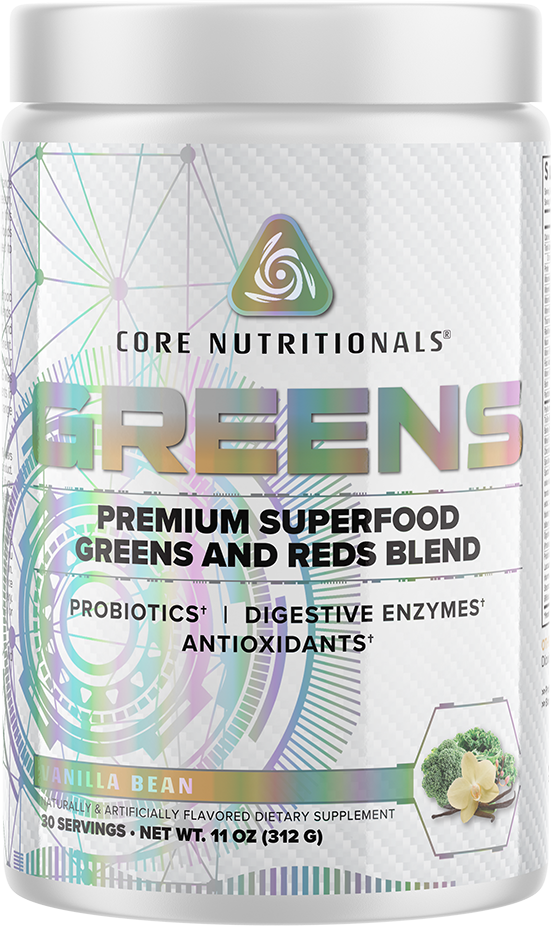
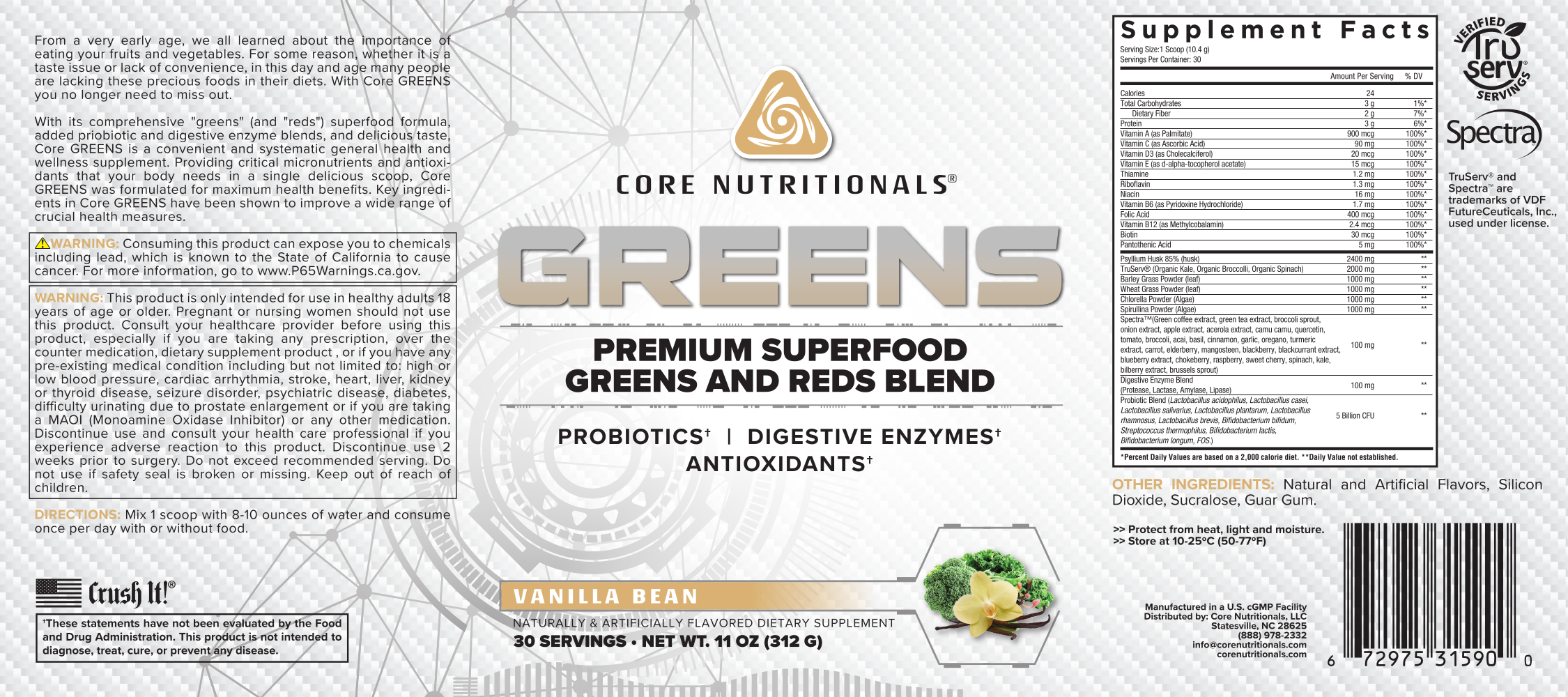


Comments and Discussion (Powered by the PricePlow Forum)